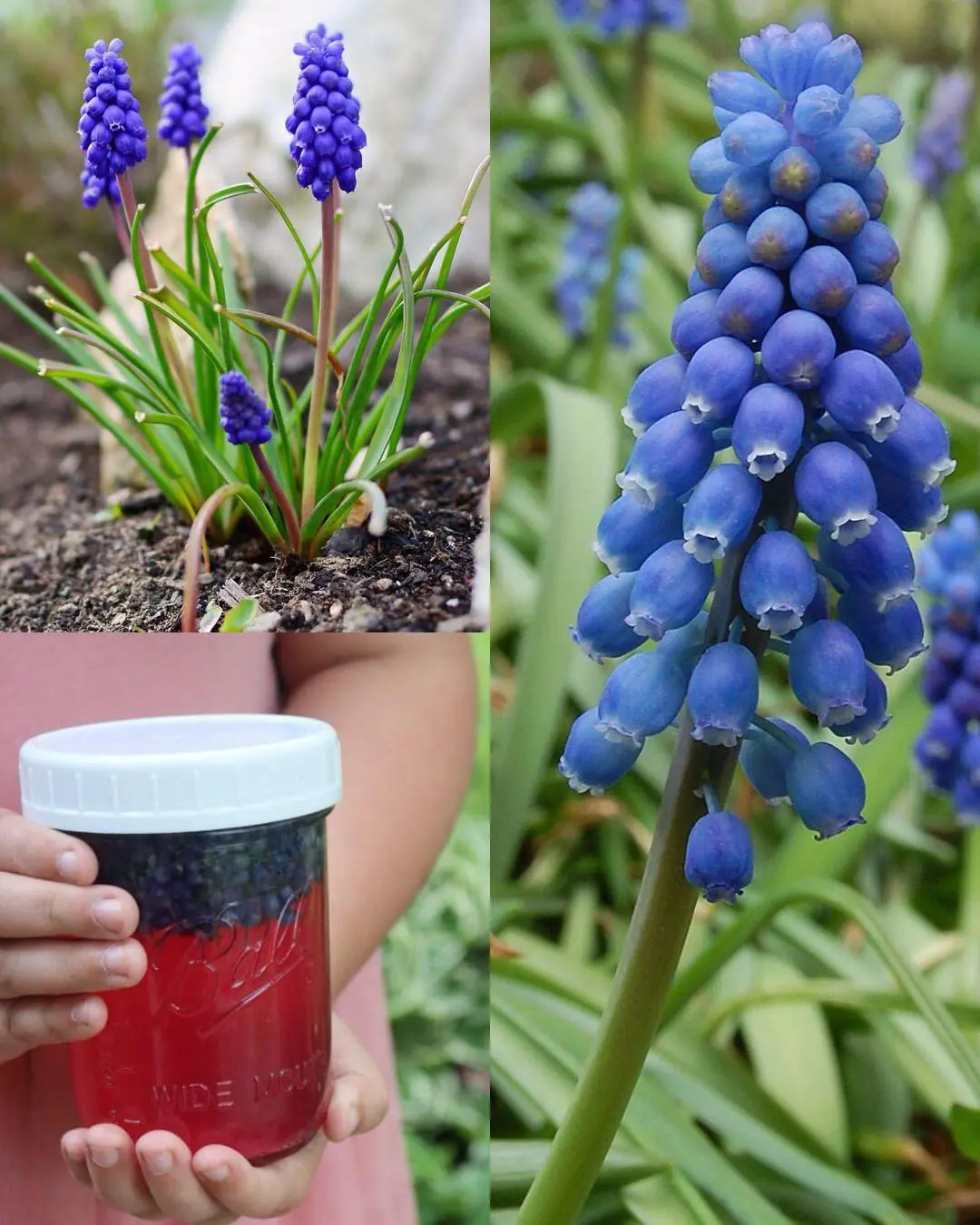
At first glance, the Grape Hyacinth – with its tiny bell-shaped blossoms and vivid blue color – looks like a miniature jewel of spring. Known scientifically as Muscari, this charming flower carpets meadows and gardens across Europe and Asia, often mistaken for the true hyacinth (Hyacinthus orientalis). But while it’s adored for its beauty, many people are surprised to learn that some types of Grape Hyacinth are actually edible – and even prized in certain cultures for their unique flavor and health properties.
However, not all varieties are safe to eat.
The secret lies in knowing exactly which species you can enjoy – and how to prepare them safely.
Let’s take a closer look at this deceptively simple flower, exploring its history, edible uses, health benefits, and a few important warnings before you ever think of adding it to your plate.
What Exactly Is Grape Hyacinth?
The Grape Hyacinth (Muscari) is a small bulbous perennial plant belonging to the Asparagaceae family, native to the Mediterranean region, southeastern Europe, and western Asia.
Despite the name, it’s not a true hyacinth – though both share similar fragrance and shape. The term “Grape Hyacinth” comes from its dense clusters of tiny, grape-like flowers that bloom in shades of blue, purple, or white.
There are around 40 species of Muscari, but the most common include:
Muscari armeniacum – the most widespread garden variety, known for its bright cobalt-blue blooms.
Muscari comosum – also called the Tassel Hyacinth, which bears unique, wispy purple flowers.
Muscari neglectum – a hardy species found in meadows and hillsides across Europe.
Among these, only Muscari comosum – the Tassel Hyacinth – is traditionally used as food.
